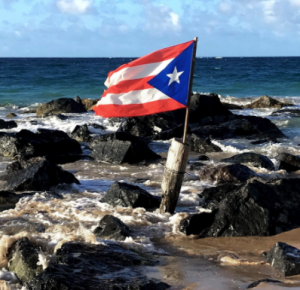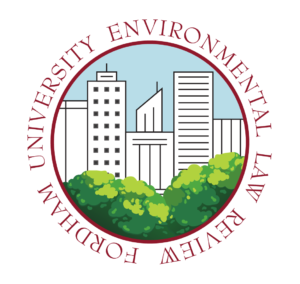The Right to a Healthy Environment for the Protection of Vulnerable Communities

by Sarah Dávila-Ruhaak, Assistant Professor of Law, Director, International Human Rights Clinic, University of Illinois Chicago Law
Is there a question that our environment is worse than before and that climate change is “the greatest threat to global health in the 21st century?” The answer to that is a resounding NO. While we manage and adjust to the COVID-19 pandemic, the degradation of our environment due to climate change looms as a longer-term threat to our lives.
As a human rights activist, I believe protecting the environment is critical for the defense of human rights. The enjoyment of human rights depends on a person’s ability to live free from interference and to have his or her rights protected. The interdependence of human rights and the protection of the environment is manifested in the full and effective enjoyment of the human right to a healthy environment. The global recognition of the right to a healthy environment has progressed, but there is much more to do to pave the way for the international human right to a healthy environment. Human rights experts have argued that in order to protect the environment and human rights affected by the environment and climate change we must consider the right to a healthy environment as a possible normative tool.
Many ask, why use human rights in lieu of the extensive international environmental instruments that protect the environment? They reason these international environmental agreements that promote international environmental regulation, such as the United Nations Stockholm Declaration on the Human Environment, the 1992 United Nations Rio Declaration on Environment and Development, and many others paved the way to recognize that States have an obligation to protect the environment.
I, and many human rights scholars, postulate that an environmental human rights approach prioritizes the protection of the environment because of its significance to the full and effective enjoyment of human rights. Therefore, it is critical to complement the international environmental legal framework with international human rights, and specifically the human right to a healthy environment.
Specifically, I suggest that in order to protect vulnerable persons and communities facing environmental harm, a human rights framework – specifically the right to a healthy environment – must be used. A human rights approach complements environmental justice and recognizes that individuals and communities affected by environmental harm are right-holders entitled to protection. Individuals most vulnerable to environmental harm are often members of poor, rural, and disenfranchised communities. Global data shows that “more than two thirds of extremely poor people in low income countries and lower-middle income countries live in households where the head of households is from an ethnic minority group.” When there is environmental harm or degradation, vulnerable persons or communities are prevented from accessing basic natural resources, clean water and sanitation, adequate housing, food security, and access to health and medical assistance. The World Health Organization estimated that in 2012, over 1.7 million children under the age of five died of exposure to environmental pollution and toxic chemicals.
In this article, I examine how vulnerable communities in Puerto Rico suffer persistent and serious environmental harm due to the mismanagement and improper disposal of coal-ash. This environmental disaster in Puerto Rico is the result of improper disposal and mismanagement of coal-ash, compounding vulnerability, powerlessness, and humanitarian disasters. This contamination and environmental harm has taken place over the last decade; however, Puerto Ricans have been exposed to serious environmental harm since the 1950s.
In the last couple of decades, the has been responsible for pollution and the complete disregard of human life of communities living in the southern municipalities of Puerto Rico near the AES coal-based power plant. The Puerto Rican government has been complicit in this complete disregard for human life.

